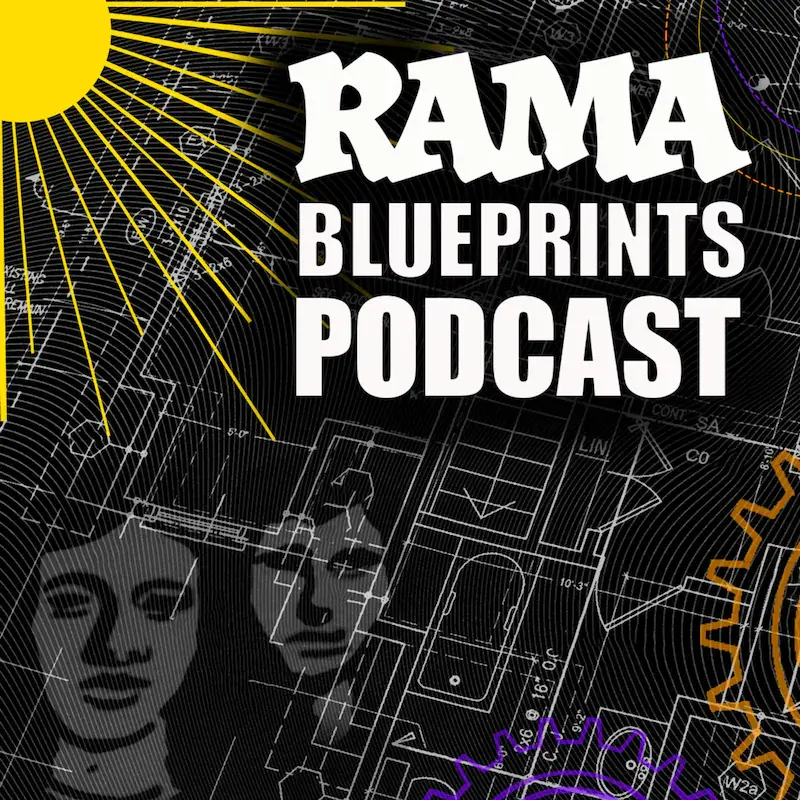Celebrating the Holiday Season Among Latinx Persons
- Eduardo Morales, PhD.

- Nov 15, 2022
- 3 min read
Updated: Dec 1, 2022
By Eduardo Morales, Ph.D.
The holiday season is upon us, and businesses have started early this year to alert and remind us of the gift giving practices of the holidays. Typically, during this season many persons may find this time of year stressful and with mixed feelings. Most persons of Latin American ancestry are raised in the Christian traditions with a smaller percentage of Jewish faith. Some of the Latin American traditions integrated their indigenous customs into celebrating this time year. Meanwhile the European and American based concepts and stories of Santa Claus are now integrated into these Latin American traditions over time due to mass media exposure. I recall one time while being raised in New York City as one of Puerto Rican ancestry, my older sister told my mother about Santa Claus. Being new in this country my mother was unaware of this Santa Claus legend and she was alarmed thinking this was a real person who may take advantage of children’s innocence. My sister explained that Santa Claus was a legend and a story that was integrated into the season of Christmas in the United States.

In Latin American countries there are a wide range of customs, traditions, and ways to celebrate this holiday season. For those of Christian faiths the displays of the nativity scenes or nacimientos are very common. Many Latinx families do not display the baby Jesus in these scenes until Christmas night. Starting December 16, it is common in Latin America to do their form of caroling or posadas. In Puerto Rico, Dominican Republic, and Cuba the posadas or parrandas usually occurs on Christmas eve with carolers going from house to house with musical and percussion instruments asking them to hosting them by inviting the carolers to share a beverage. In Mexico and Guatemala groups parade through the town, knocking on doors and asking for lodging through their singing and chants. Some posadas are very elaborate and may include Mary riding a donkey and people playing musical instruments while going from house to house. The Novena of Aquinaldos are ways families in Columbia, Ecuador and parts of Venezuela gather for nine days of prayer, feasting, and singing religious songs. La Misa del Gallo or midnight mass hours before Nochebuena (Christmas Eve) is commonly practiced throughout Latin America. Many use piñatas made of paper-maché where children blindfolded will break with a stick until the candy and treats fall symbolizing God’s blessings.
The types of food for this holiday season vary greatly by different Latin American counties. For Puerto Ricans, Christmas is celebrated their traditional Pasteles De Masa made of grounded and savored tropical root vegetable such as yuca and plantain (called masa) filled with a meat stew and wrapped in banana leaves and tied into parchment paper and boiled until the masa is cooked through. This is accompanied with savory roasted pork (pernil) or chicken and yellow rice with pigeon peas (gandules). Cocoquito, a form of eggnog made of coconut milk with rum, is commonly shared among Puerto Ricans. Tamales are common among Mexicans for the holiday season as well as their soup pozole made of hominy and pork. Argentinian steak (el asado Argentino) is common for Argentineans. In Guatemala el panche de frutas or fruit punch is a common beverage. In Chile cola de mono or colemano is an adult beverage of the holidays. Buñuelos are sweetened with honey and sugar shaped as a small ball for dessert. Arroz con leche or rice pudding is very common although some persons use coconut milk to flavor this dessert. Flan and natilla, a custard food of Columbia, are other holiday desserts as well as tres leches cake.
People in Latin America ring in the new year with food, fireworks, and fun. Pyrotechnical displays are quite common in public squares in Chile, Guatemala, Brazil, and Mexico. In Brazil wearing white clothing is expected symbolizing a new beginning for the new year combined with samba music and fireworks. In other countries wearing yellow underwear is believed to bring prosperity while red underwear will bring love. In Ecuador some men wear drag symbolizing the widows of the past. In other Latin American countries life-size dolls or dummies are used in parades made of paper-maché.
The Christmas season in Latin American countries extends through January 6, which is Día de Los Reyes, the celebration of the three wise men who visited Christ. Although Christmas is a time to exchange gifts, Día de Los Reyes is the day when children receive toys.





Comments